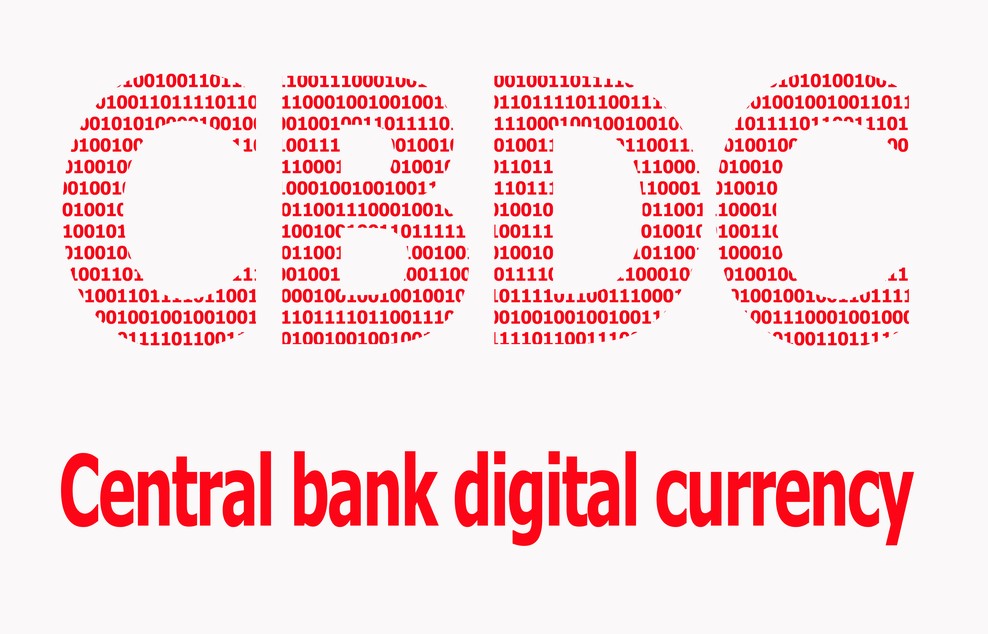A growing number of Central banks around the globe are analysing, testing, and prototyping CBDCs. These initiatives are strongly backed by the Bank for International Settlements or the BIS (bank of the central banks).
Over the last nine months, Central Banks (CBs) have become more outspoken about their interest regarding CBDCs and their CBDC plans and initiatives. The number of CBs working on CBDC projects has been growing steadily since then. This momentum has been endorsed and backed by the BIS. The official implementation of the first wholesale CBDC is near.
The BIS endorsement
The BIS annual report 2019, released on 30 June 2020 contains extensive focus on CBDCs. The BIS favours innovation by Central Banks aimed at simplifying the provision of payment services, decreasing their prices, and improving their quality. The BIS recognises that such innovative attitude would foster competition within the private sector and enhance safety and risk management standards.
The BIS distinguishes between wholesale and retail CBDCs. As compared to current systems, wholesale Distributed Ledger Technology (DLT)-based central bank digital currency, has the potential to increase the efficiency of the financial sector in accessing central bank money. Wholesale CBDCs simplify post-trade clearing and settlement, enhance speed of execution, and may improve risk management in the area of fraud and cyber-attacks.
Retail CBDCs are different and depending on design, their introduction may have far-reaching implications. Retail CBDCs would be comparatively safer and more reliable than current cash but could lead to a larger central bank footprint in the financial system. Further, they could accelerate bank runs in times of stress. Retail CBDCs could yield interest and influence monetary policy transmission.
Retail CBDCs would have to at least match current cash on various parameters, such as user-friendliness and resiliency to outages and cyber-attacks. Retail CBDCs would need to safeguard the user's privacy while improving traceability and facilitating anti-money laundering compliance. Their introduction could be phased, and it could co-exist with current cash, possibly over the longer term.
On balance, wholesale CBDCs emerge as low-hanging fruits compared to retail CBDCs. Their introduction, in practice, is simpler.
Most recent initiatives
The number of CBs working on CBDC projects are growing steadily. During the last few weeks:
- The Bank of Canada announced plans to pilot a retail CBDC. They anticipate that the CBDC could be available to all citizens and grant privacy while ensuring compliance with anti-money laundering regulations.
- The Bank of Thailand announced plans to develop a CBDC prototype and test real-life use cases with large-scale enterprises. Their aim is to increase the efficiency of fund transfers and payment settlement between suppliers.
- The Bank of Korea followed the launch of a CBDC pilot program in April 2020 with the announcement of a legal advisory panel focused on identifying and overcoming regulatory hurdles associated with CBDCs. This work should pave the way for CBDC roadmap.
- The Bank of Ghana reiterated its commitment to pilot a CBDC. The plan was first announced in late 2019.
A long but solid gestation
Over the last nine months, CBs have become more outspoken about CBDCs. During the fourth quarter of 2019, we recall the announcement of the creation of a BIS Innovation Hub Centre in Switzerland and the recognition by the BIS that the digitalization of means of payment is unavoidable. Earlier this year, the BIS released a survey showing the extensive work being carried out by CBs on CBDCs. The BIS also brought together the Bank of Canada, the Bank of England, the Bank of Japan, the European Central Bank, the Sveriges Riksbank and the Swiss National Bank to form an official group for the purpose of sharing CBDC experiences.
In Europe, the European Central Bank committed to pursue the issuance of a CBDC during 2020. In Asia, the People’s Bank of China reiterated the continuation of its CBDC work in 2020. In the Americas, the US Federal Reserve confirmed its research and experimentation activities related to DLTs and their potential use in connection with CBDCs.
In January 2020, Christian Noyer, former governor of the Banque de France, went on record, forecasting that wholesale CBDCs would soon become a reality; time will most probably prove him right. There is considerable interest and traction amongst a growing number of CBs around issuing CBDCs, and wholesale CBDCs emerge as low hanging fruits compared to retail CBDCs. This is because retail CBDCs require more analysis and care of design, due to their potential ability to interact with monetary policies. CBDC initiatives are strongly backed by the BIS and fundamentally supported by the need to upgrade the quality and cost of the provision of payment services globally.
Conclusion
The adoption of blockchain-based technology by central banks and the issuance of related CBDCs to improve the current flow between commercial banks and central banks (wholesale CBDCs) or to digitalise fiat money (retail CBDCs) began – in a noticeable way - nine months ago. It has since then, grown at a steady pace globally, fuelled by the full support of the BIS and by the opportunity to upgrade the quality and cost of the provision of payment services internationally.
The strong trend in experimenting and piloting CBDCs indicates clearly, that the first CBDC will be wholesale in nature and that implementation will happen soon. The implementation of concrete applications of blockchain-based digital currencies at the level of the official sector is then likely to boost the credibility and popularity of such technologies and monetary innovations.




